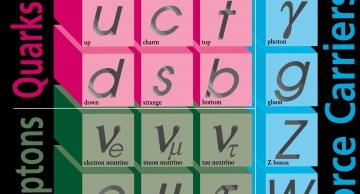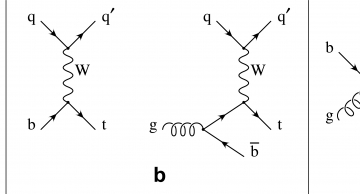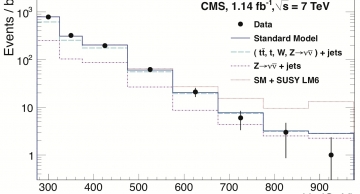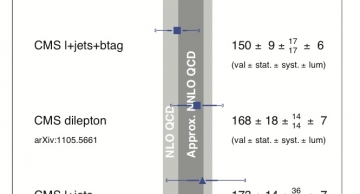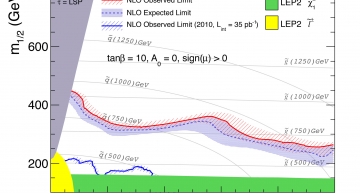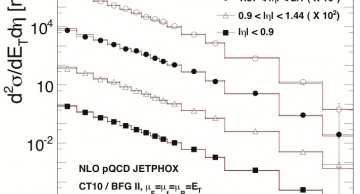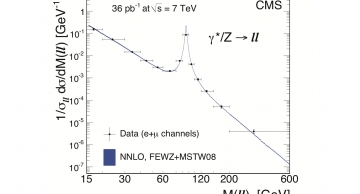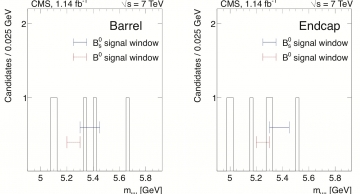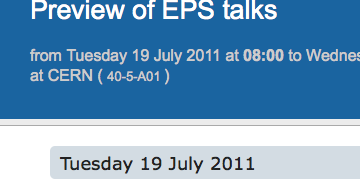The source of energy for most of the life on our planet originates from proton-proton collisions at the core of the Sun, which occur at an energy (or temperature) about a billion times less than the collision energy of the LHC. Due to emission of…
News
|
lincoln |
Physics
Grab a can of soda, shake it thoroughly, and open it up. What do you get? It’s an explosion of fizz. A similar phenomenon in the subatomic world might help us probe the nature of fundamental particles.
Scientists have spent centuries searching for…
|
achintya |
Physics
Read the paper: EXO-11-005
In this Letter, CMS describes a search for a kind of fourth-generation T quark with charge 2/3. The search for T-antiT pairs was performed in events that had a pair of oppositely charged leptons (l+l−) as well as an…
|
agiamman |
Physics
The Top quark is the heaviest of the six quarks of the Standard Model and was discovered only 16 years ago by the Tevatron experiments at Fermilab. In addition to the usual production of Top-AntiTop pairs in accordance with quantum chromodynamics (…
|
achintya |
Physics
Read the paper: SUS-11-003
The analysis shows no excess of events over the Standard Model expectations. As a result, exclusion limits were placed on searches for squarks and gluinos in the Constrained Minimal Supersymmetric extension of the Standard…
|
achintya |
Physics
Read the paper: TOP-11-003
The measured production rates of Top-antiTop pairs, where one lepton and four jets of particles is observed in the final state, show good agreement with Quantum Chromodynamics (QCD), the theory of the strong interaction.…
|
spadhi |
Physics
High-energy collisions with final states that include leptons (electrons, muons or taus) have played major roles in the history of physics. Several particles – such as J/ψ, W, and Z – as well as productions of pairs of Top quarks were discovered in…
|
lucas |
Physics
Once more a reminder of the Lepton-Photon approvals, which will start in less than a week from now.
The INDICO agenda, now with rooms and EVO booking info, can be found here: https://indico.cern.ch/conferenceDisplay.py?confId=149749
At the top of…
|
achintya |
Physics
Read the paper: QCD-10-037
This paper extends CMS’s previous measurements of the production rates of isolated prompt photons. The production rates agree with the predictions of perturbative Quantum Chromodynamics (pQCD), although, at low transverse…
|
achintya |
Physics
Read the paper: QCD-10-037
The measured Drell-Yan production rates, normalised to the production rates in the Z-boson region, show good agreement with the theoretical predictions.
The Drell-Yan process occurs when a quark from one of the colliding…
|
achintya |
Physics
Read the paper: BPH-11-002
The observed numbers of events in both decay modes are consistent with those expected in the Standard Model.
Upper limits on the branching fraction have been determined at 90% and 95% confidence levels (CL).
The Standard…
|
deroeck |
Physics
A number of EPS talks will be previewed centrally on Tuesday 19 and Wednesday 20 of July.
The schedule for these previews can be found on
https://indico.cern.ch/conferenceDisplay.py?confId=147431
The room is 40-5-A01 for all previews. The EVO…


